Paper Mario: The Thousand-Year Door Review for Switch
Ask any Mario fan which of the plumber’s back catalog they most wanted to be remastered, and the chances are they’d say Paper Mario: The Thousand-Year Door. When it debuted back on GameCube 20 years ago, it hugely deviated from what big-budget standalone Mario games could be and earned itself a flawless reputation.
Sure, it took after 2000’s original Paper Mario for the N64, but The Thousand-Year Door upped the ante in every way. Larger, more varied areas to explore, a sweeping story, and combat that built on the action commands of the first game but added new features like audience reactions, style finishers, and environmental hazards to avoid mid-battle.
That’s why going into The Thousand-Year Door for the very first time with only limited experience with the Paper Mario series, I was incredibly excited. I knew to expect something special, but couldn’t have predicted just how engrossed I would be by the end of my 30-hour journey.
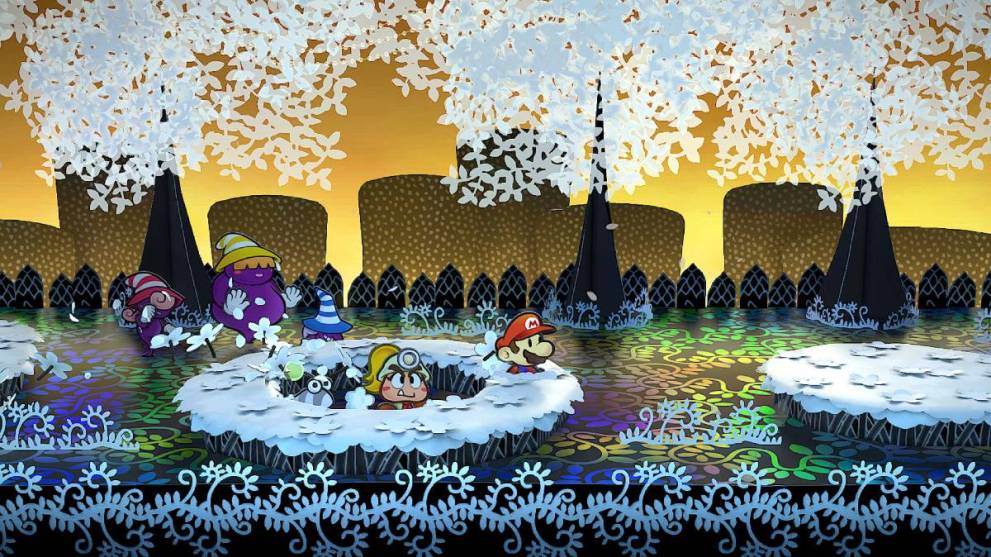
The Thousand-Year Door mostly does away with the traditional Mario narrative, albeit not by much. Princess Peach still goes missing and our trusty plumber still sets off to rescue her, but the pit-stops along that journey shake up the formula. While present in the game, Bowser isn’t the big bad this time. Instead, it’s the evil X-Nauts, a race of aliens hoping to open the eponymous ancient door to unleash an evil capable of destroying the world.
The only way to stop them? Mario has to scour the world, heading to increasingly varied and diverse environments, helping the locals and recovering the Crystal Star in each region. If that sounds like a formula that can feel mechanical and serialized, that’s because it mostly is.
While The Thousand-Year Door doesn’t creak too much as a 20-year-old game modernized for the Switch, its fairly rudimentary structure is one of those flaws. Each of the eight main chapters plays out incredibly similarly: arrive in the new region, bump into your latest companion, battle through dungeon-like areas to find the Crystal Star, defeat a boss, and claim the prize. From then you also get two mandatory sequences playing as Princess Peach and Bowser respectively, which while fun moments, do drag the pacing to a halt. It’s a long game, and when you know exactly what to expect beat-for-beat at each stage on a narrative level, it can start to feel predictable.
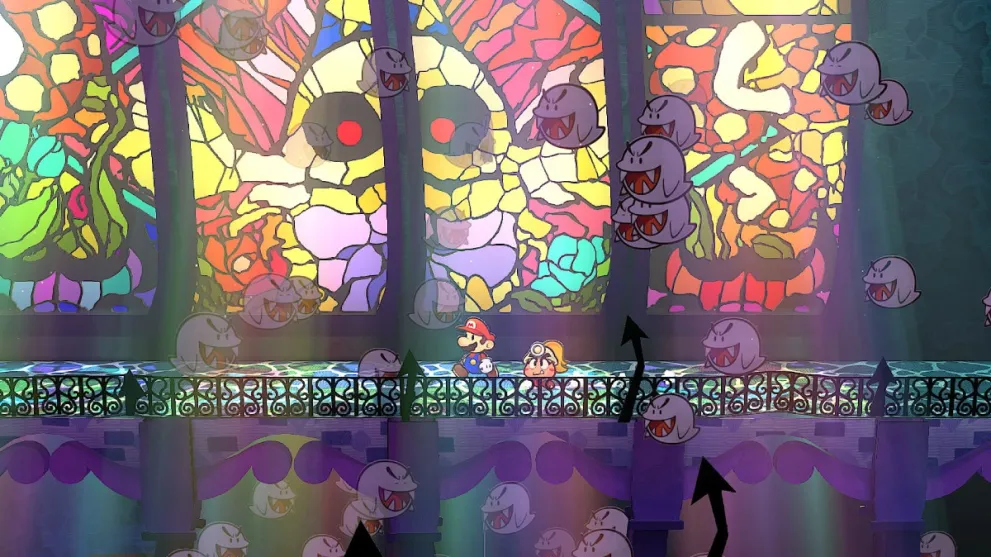
Fortunately, as a turn-based RPG with a wildly original visual style, it doesn’t really get better than Paper Mario: The Thousand-Year Door. Simply put, the game is downright gorgeous. It’s something I struggled to appreciate during my preview, having limited experience with the 2004 original, but a side-by-side comparison reveals just how extensively the game has been overhauled. Backgrounds are far more detailed, the menus are scrubbed up to be more streamlined, and it has the sort of visual sheen that makes it truly timeless. For those who grew up on the GameCube version, it’ll definitely evoke feelings of how you always remember it looking. As remasters go, it’s one of the best.
The turn-based gameplay is something that only gets more rewarding as you get further in, too. Early fights against Goombas and Koopa Troopas are a cakewalk, but by the end, encounters can be punishingly tough. The final few battles in The Thousand-Year Door are hugely rewarding to play through, balancing difficulty with strategy so you never go into an encounter completely sure you’ll win it. After each of the game’s toughest fights, I was in equal parts relieved to have beaten the fight, but also sad that I wouldn’t get to experience it for the first time again.
That’s largely thanks to a gradual progression system that never requires you to grind low-level areas, feeling perfectly balanced as you organically progress through the story. Mario’s own abilities – his trusty jump attack and a very strong hammer – also upgrade in tandem with your stats. Part of the fun is using new abilities – both Mario’s and the companions he meets – to explore previous areas and uncover hidden secrets.
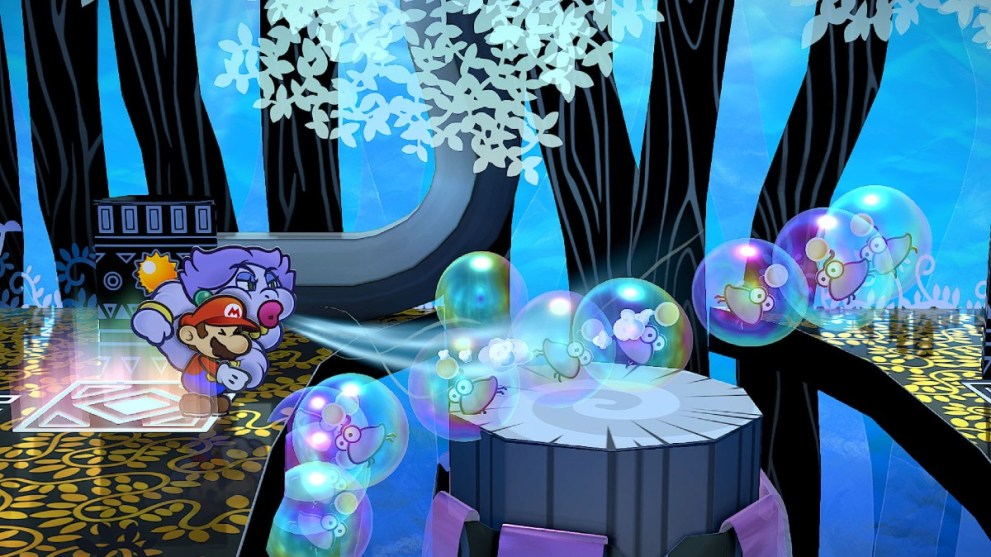
While the map and its various locations aren’t grand by any means, there’s always something else to hunt for. Some power-ups can only be found if you traverse back to old regions, using your partners’ abilities on obstacles that were previously inaccessible. It’s not a Metroidvania by any means, but the game has meaningful rewards for those eager to harness Mario’s toolkit and see everything it has to offer.
When it comes to non-combat gameplay in Paper Mario: The Thousand-Year Door, there’s not too much to it. You can explore each region, occasionally participating in battle arenas or fighting wild enemies, but classic Mario gameplay like platform and puzzle-solving is minimal. The sequences where these show up are fun and arguably could’ve appeared more to ensure you’re never fatigued by the sheer quantity of battles.
Alongside that, I wish there was a bit more to do in Paper Mario: The Thousand-Year Door outside of the main story. It’s a long game as it is, but almost all of that is beholden to the main quest. There are features like the Pit of 100 Trials in Rogueport, a 100-level gauntlet with increasingly tough enemies, and the Glitz Pit, a swanky combat arena where you beat enemy after enemy to increase your rank. I would’ve loved a bit more in that department.
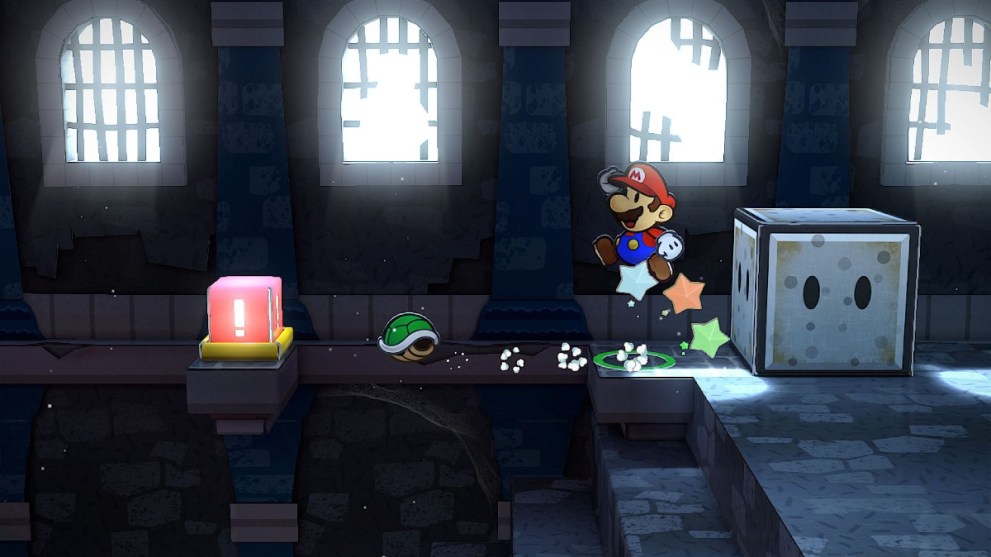
I must admit that around halfway through my thirty-hour playthrough, I wasn’t wholly convinced by Paper Mario: The Thousand-Year Door. While the combat was completely agreeable the pacing was incredibly slow, occasionally feeling too plodding for its own good. But that second half, as you wrap up the journey for the Crystal Stars and uncover the secrets of the Thousand-Year Door, completely changed my mind.
While I wasn’t there for the original, I now completely get just why Paper Mario: The Thousand-Year Door is so revered among Mario fans, and why demands for a remaster were practically ceaseless. It’s the absolute pinnacle of Mario RPGs, and if it was a bit more focused as an overall narrative experience, in the discussion as one of the plumber’s best-ever games.
- Increasingly rewarding combat
- Gorgeous visual style that's very nicely remastered
- Fun characters
- The narrative can feel mechanical and plodding at times
- Not enough side content outside of the main quest

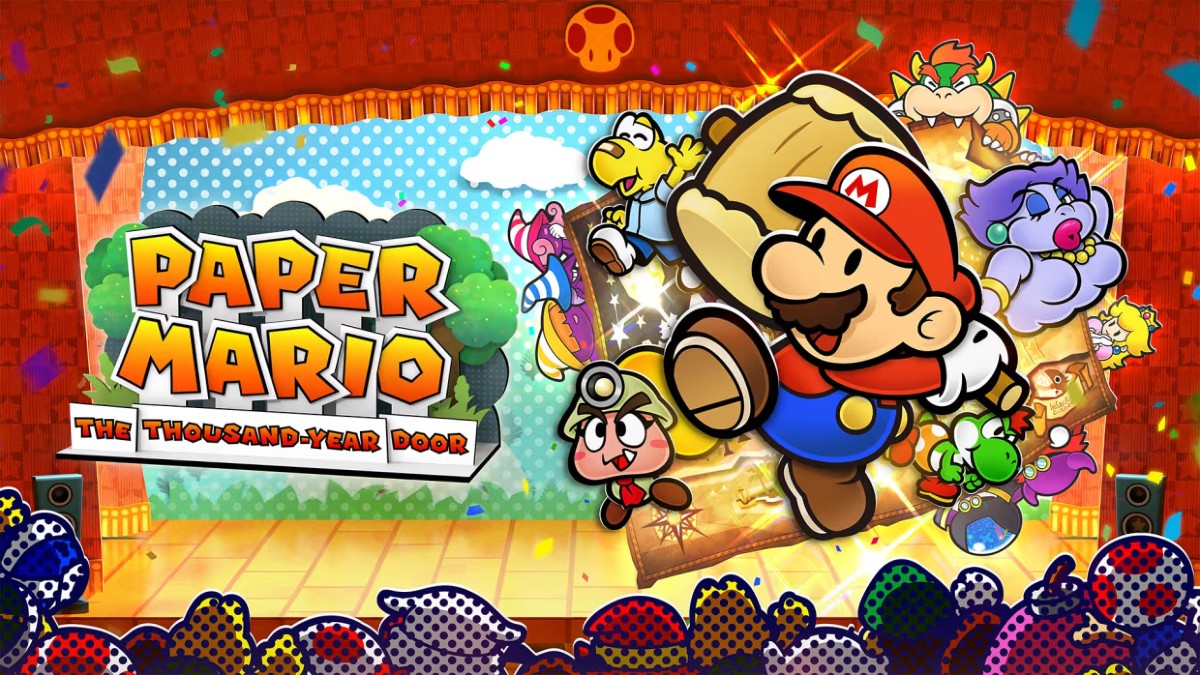











Updated: May 21, 2024 08:52 am